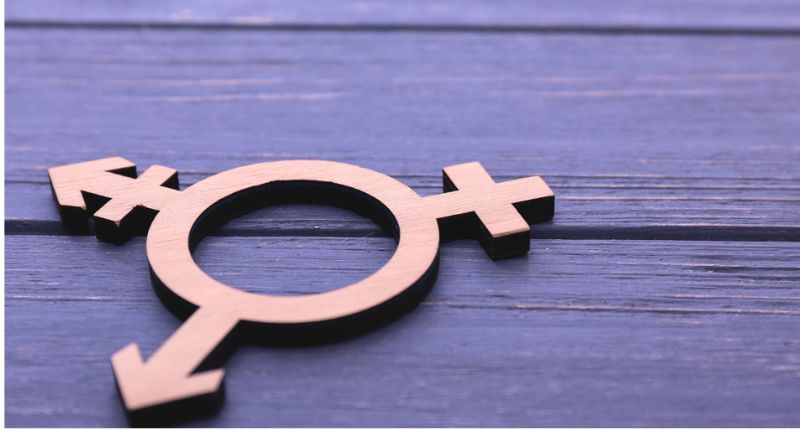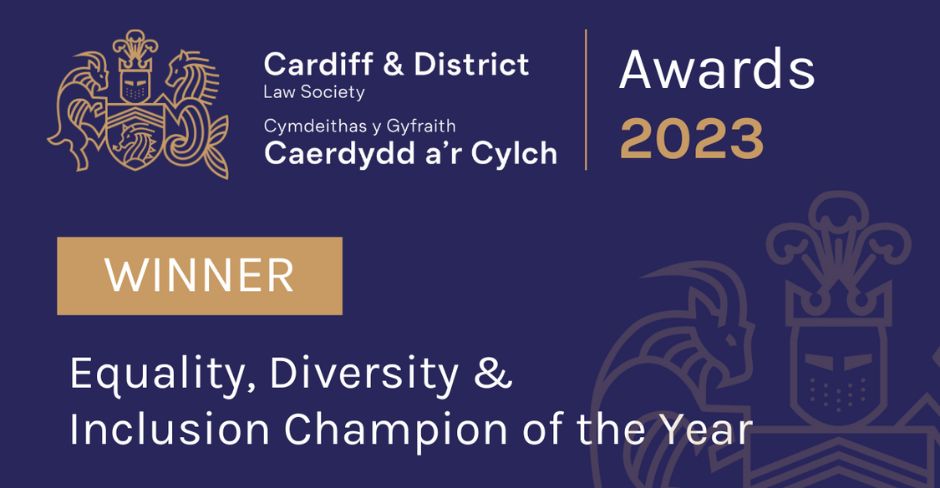-
Business Services ▾
-
Company & Commercial
- Legal Services for Landlords
- Commercial Property
-
Employment Law
- - Sponsor Licences
- - Employment law solicitors and HR training UK
- - Employment Tribunals Advice
- - HR Consultancy
- - Discrimination and Family Issues in the Workplace
- - Restrictive Covenants
- - Drafting and Varying Contracts of Employment
- - Redundancies and Restructuring
- - Disciplinary Hearings, Dismissals and Grievances
- - Trade Unions and Industrial Action
- - TUPE Guidance
- Commercial Litigation
-
Legal Compliance
- Debt Recovery
- Business Recovery & Insolvency
-
Company & Commercial
-
Individual Services ▾
- Residential Property
- Public Law
- Family & Matrimonial
- Children Law
-
Clinical Negligence
- - Abuse and neglect of the elderly
- - Fracture Negligence
- - Surgical Negligence
- - GP Negligence
- - Gynaecological Claims
- - Medication and Prescription Error Advice
- - Paediatric Claims
- - Orthopaedic Negligence
- - Physiotherapy or chiropractic treatment errors
- - Ophthalmic Eye Claims
- - Cancer Misdiagnosis Claim
- - Pressure Sores
- - Inquest Representation
- - Cauda Equina Syndrome Compensation
- - Anaesthetic Awareness – Administration Mistakes
- - Birth Injuries
- - Cosmetic Surgery Mistakes
- - Negligent Cardiac Care Claims
- - Cerebral Palsy
- - Chiropractic Injury
- - Colorectal Surgery
- - Consent to Treatment
- - Dental Negligence
- - Ear, Nose and Throat
- - Sepsis
- - Personal Injury
- Wills & Probate
- Dispute Resolution
-
Sports Law
- Employment Law
-
UK COVID-19 Inquiry
- LGBTQ+ Legal Advice
21st September 2023 | Gender Recognition Certificates | LGBTQ+
What Is the Gender Recognition Certificate Process?
A gender recognition certificate is relatively straightforward to obtain, as long as you follow the correct process.

A gender recognition certificate allows individuals to have their affirmed gender legally recognised by the UK government. It is relatively straightforward to obtain, as long as you follow the correct process. But before we look at the process in detail, it’s important that you understand exactly what the certificate is and why individuals require it.
What Is a Gender Recognition Certificate?
In short – a gender recognition certificate (GRC) is a legal document which allows you to have your affirmed gender legally recognised. This recognition is in line with the individual’s gender identity and expression rather than their sex assigned at birth.
For transgender individuals, a gender recognition certificate validates their gender identity and provides them with the legal right to be recognised as a member of their acquired gender in all aspects of life.
With a gender recognition certificate, you can go on to:
- Update your birth/adoption certificate with your preferred and now legal gender (if it was registered in the UK)
- Get married or enter into a civil partnership in your affirmed gender
- Update an existing marriage or civil partnership certificate (if it was registered in the UK)
- Have your affirmed gender on your death certificate
Do I Need a Gender Recognition Certificate?
To put it simply, a gender recognition certificate is not necessary for all transgender individuals in the UK. It is a legal option available for people who wish to have their acquired gender legally recognised by the government.
The decision to obtain a gender recognition certificate is entirely a personal choice based on individual circumstances and preferences. However, if you wish to update your legal identification documents such as birth certificates, drivers licence and passports to reflect your acquired gender, then a GRC is needed.
The Gender Recognition Certificate Process
So, now we know what it is and why individuals obtain one, here is our step by step guide on the gender recognition certificate process:
- Ensure you meet the criteria
- Complete the application form
- Submit any required documents
- Review and wait for the decision
1. Ensure You Meet the Criteria
The first step is ensuring you meet the GRC eligibility criteria. For example, you must be over 18 years of age, you’ve been diagnosed with gender dysphoria in the UK, you intend to live in this gender for the rest of your life and you’ve been living in your affirmed gender for at least 2 years. You can apply even if you haven’t had any gender affirming surgery or treatments, or you do not plan to have any.
If you do not have a gender dysphoria diagnosis, there’s a chance you can still apply for the certificate, but only if you meet all of the following requirements:
- You had been living in your affirmed gender for at least 6 years before those dates, and you have evidence of that
- You have had gender affirmation surgery
- You currently live in England, Wales or Scotland
2. Complete the Application Form
Once you have ensured you meet the eligibility criteria, you can obtain and complete the application form. The form is available on the UK government’s official website or through the Gender Recognition Panel (GRP).
When completing this form, you will need to provide your personal and contact details and pay the £5 application fee using a debit or credit card. This fee is required for processing the application.
3. Submit Any Required Documents
During the application process, you will be required to submit any supporting documents, such as a medical report from a registered medical practitioner or a registered psychologist, which confirms your diagnosis of gender dysphoria and details your transition process. Additionally, you will need to get an original or certified copy of your full birth or adoption certificate. If you do not have it available, here is how you can order a certificate.
You will also need a statutory declaration to apply for a GRC, which is a formal statement made affirming that something is true to the best knowledge of the person making the declaration. It has to be signed in the presence of a solicitor, commissioner for oaths or notary public. Guidance and statutory declarations for applicants can be found on the UK Government website.
4. Review and Wait for the Decision
Now you can submit your completed application form, supporting documents, statutory declaration, and application fee to the Gender Recognition Panel (GRP).
The GRP will then review your application, considering the evidence and documentation provided. You will receive written notification of the GRP’s decision regarding your application.
If your application is approved, a Gender Recognition Certificate will be issued, officially recognising your acquired gender.
How We Can Help
At Harding Evans, our trusted team of solicitors are here to help with your statutory declaration. We will ensure that you have the correct statutory declaration paperwork for your circumstances, witness your declaration and sign your form, leaving you free to proceed with your Gender Recognition Certificate application.
For us to witness your statutory declaration, you will need an appointment, please contact us today to arrange. You will need to bring along your completed forms, but it is important you do not sign them until we witness it. There is a small £5.00 charge for statutory declarations, to be paid in cash to the solicitor who is acting as your witness.
For more support on LGBTQ+ legal advice, get in touch today. Alternatively, you can check out our blog on how to support LGBTQ+ in the workplace.












